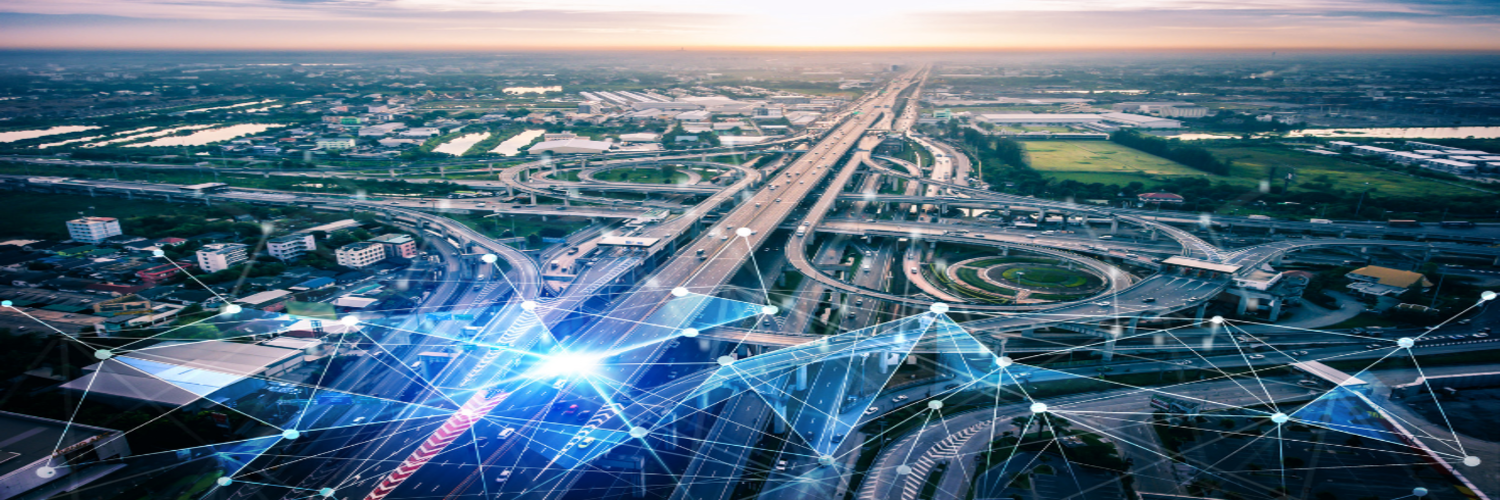Navigating the Urban Maze: 5 Ways Smart Security Cameras Transform Traffic Management
In the ever-evolving landscape of urban life, managing traffic has become a critical challenge for city planners and administrators. The rise of technology, particularly smart security cameras, opens up innovative solutions to tackle this issue. Let's explore five ways in which these cameras are reshaping the way we keep our cities moving.
1. Real-time Traffic Monitoring
Smart security cameras equipped with advanced analytics provide real-time traffic monitoring. By analyzing the flow of vehicles, these cameras offer valuable insights into traffic patterns and congestion points. This data empowers city planners to make informed decisions on traffic signal optimization, lane management, and even road redesign, ensuring a smoother flow of vehicles.
2. Predictive Analysis for Traffic Patterns
Predictive analytics is a game-changer in the realm of traffic management. Smart cameras can analyze historical data to predict future traffic patterns, allowing authorities to proactively address potential bottlenecks. By anticipating peak traffic hours and events, cities can implement temporary measures such as adjusted signal timings or alternate route suggestions to alleviate congestion.
3. Intelligent Traffic Signal Control
Gone are the days of static traffic signal timings. Smart security cameras enable dynamic traffic signal control based on real-time conditions. Adaptive signal systems use data from cameras to adjust signal timings on the fly, optimizing traffic flow and reducing wait times. This not only enhances the efficiency of transportation but also contributes to environmental sustainability by minimizing fuel consumption and emissions.
4. Incident Detection and Response
Accidents and road incidents can bring traffic to a standstill. Smart security cameras equipped with computer vision algorithms can swiftly detect incidents such as accidents, breakdowns, or road hazards. Automated alerts can be sent to traffic management centers, enabling a rapid response to clear the obstruction and restore normal traffic flow. This proactive approach minimizes disruptions and enhances overall road safety.
5. Data-driven Infrastructure Planning
The data collected by smart security cameras serves as a goldmine for infrastructure planning. City planners can use this information to identify areas with consistently high congestion, allowing for strategic infrastructure development. Whether it's expanding road capacity, introducing public transportation options, or implementing smart city initiatives, data-driven decision-making is crucial for creating sustainable and efficient urban transportation systems.
In conclusion, the integration of smart security cameras into traffic management systems is revolutionizing the way cities approach the challenges of urban mobility. By harnessing the power of real-time data, predictive analytics, and intelligent automation, cities can create more efficient, safer, and resilient transportation networks. The road ahead may still be busy, but with smart cameras leading the way, it promises to be a smoother journey for everyone.

